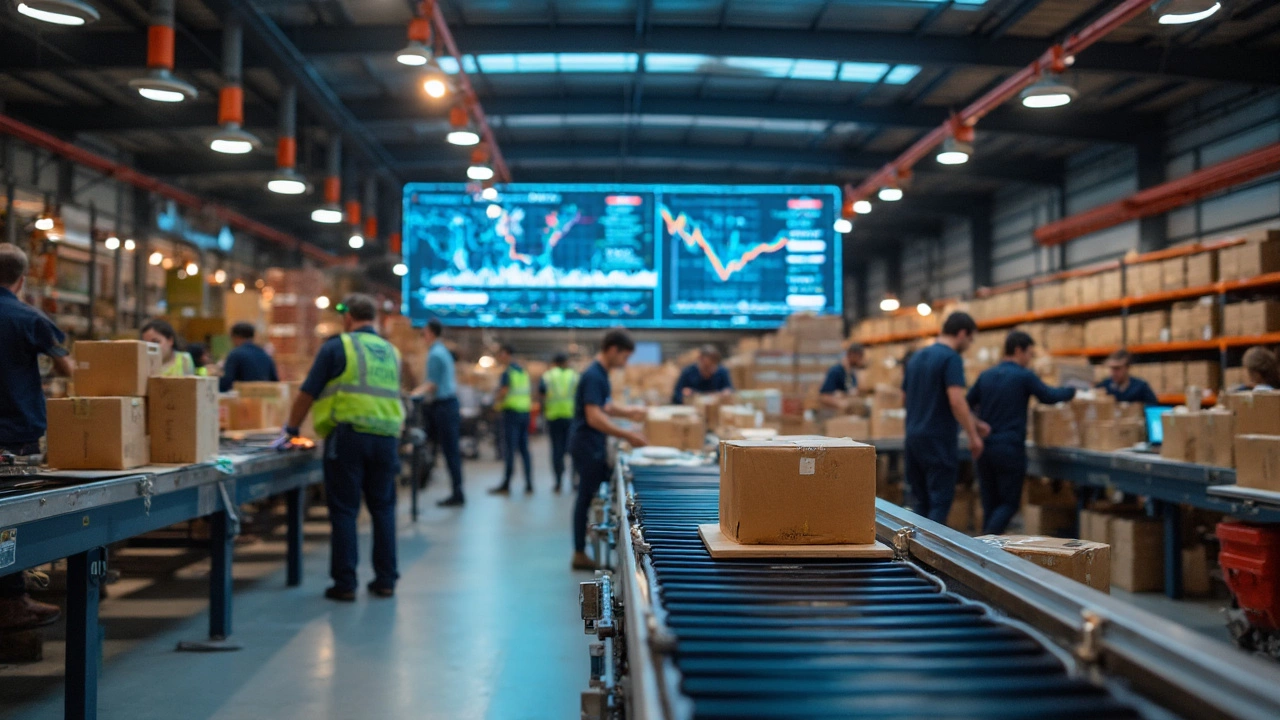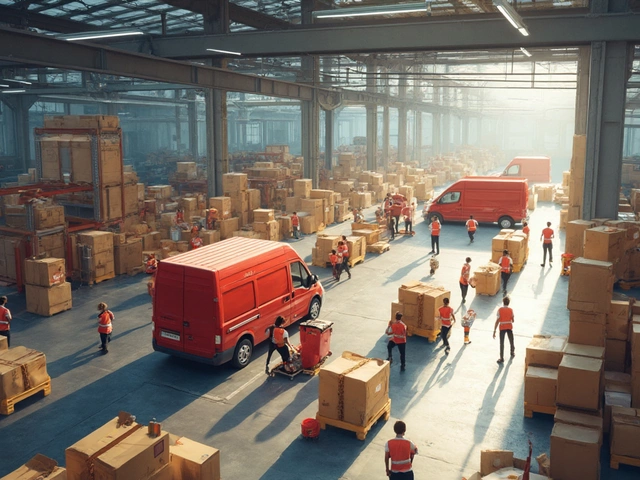Logistics vs eCommerce: The Real Connection Behind Your Online Orders
Ever wonder why some online shops seem to ship super fast while others lag behind? The secret isn’t just a fancy website – it’s the logistics stack behind the scenes. From warehouse to the front door, every step decides whether a shopper hits ‘Buy again’ or moves on.
Why Logistics Matters for eCommerce
Logistics is the engine that moves products from point A to point B. In eCommerce, that engine runs 24/7, handling spikes during holidays, flash sales, and returns. A good warehouse management system (WMS) keeps stock organized, while a reliable transport management system (TMS) plots the fastest routes. When these tools work together, orders get packed, labeled, and on the road without a hitch.
Missing pieces in that chain cause problems. A delayed pick‑list means a late shipment, which translates to a bad review. In contrast, a well‑tuned last‑mile process can shave hours off delivery, turning a one‑day wait into a two‑hour surprise. That speed boost directly lifts conversion rates, because shoppers love quick, predictable delivery.
Key Differences and Overlap
eCommerce focuses on the digital experience – product pages, checkout flow, and marketing. Logistics focuses on the physical flow – inventory, packing, and transport. The overlap happens when data from the online store feeds the warehouse. Real‑time stock levels prevent overselling, and order data tells the carrier exactly when and where to pick up a parcel.
Think of it like a relay race. The eCommerce team hands the baton (the order) to logistics, which runs the final leg to the customer. If the baton drop happens, the whole race is lost. That’s why many online retailers now use integrated platforms that combine the storefront, WMS, and TMS into one dashboard.
Another practical tip: focus on the last mile. It’s the most expensive part of shipping but also the most visible to customers. Offering flexible delivery windows, clear tracking, and easy returns can set you apart without needing to slashing product prices.
In short, logistics isn’t a side show for eCommerce – it’s the backbone. When you treat shipping as a core part of your brand, you turn a simple purchase into a repeatable, trustworthy experience. Start looking at your delivery process the same way you view your website design – keep it fast, clear, and customer‑centric.
May 29, 2025
Evelyn Wescott
0 Comments
e Logistics and eCommerce often get mixed up, but they play totally different roles in online shopping. This article breaks down how each works, shows what sets them apart, and shares why understanding both is crucial for running a successful online store. You'll also get handy tips and insights about managing orders, deliveries, and customer expectations. Get ready to see why mixing up these two could hurt your business. By the end, you'll know exactly where e logistics fits alongside eCommerce.




